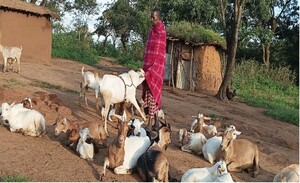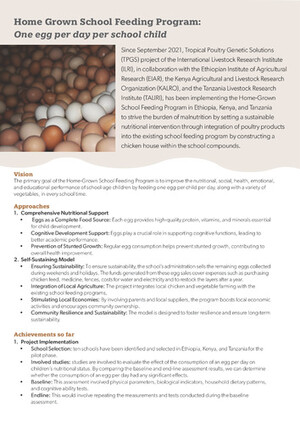
Comparative transcriptome analysis of Ethiopian indigenous chickens from low and high altitudes under heat stress condition reveals differential immune response
Abstract
Ethiopia is an ecologically diverse country; the low altitude regions are hot and humid whereas the high altitude regions are cooler. In this study we analyzed the transcriptome response of high altitude (Addis Ababa) and low altitude (Awash) chickens to heat stress conditions that are prevalent in the low altitude regions. The chickens were free ranged for 20 h in an enclosure in Awash, and then the heart, breast muscle and spleen tissues were collected at 6:00 am, 12:00 noon and 6:00 pm to follow a daily circadian cycle. Through RNA‐sequencing analysis, we identified differentially expressed genes (DEGs) that were significant (q < 0.05). These DEGs were subjected to protein–protein interaction (PPI) network and gene co‐expression network (GCN) analyses to understand their role. KEGG pathway analysis and Gene Ontology analysis of all the identified DEGs and the genes identified from the PPI network and GCN analyses revealed that several immune‐related pathways, such as proteasome, focal adhesion, influenza A, the ErbB signaling pathway and glycerophospholipid metabolism, were enriched in response to heat stress. These results suggest that the high altitude chickens were under heat stress and might be immunologically susceptible. Our findings will help in developing a genetic approach to mitigate production loss due to heat stress.
Citation
Park, W., Srikanth, K., Lim, D., Park, M., Hur, T., Kemp, S., Dessie, T., Kim, M.S., Lee, S., Te Pas, M.F.W., Kim, J.M. and Park, J.E. 2018. Comparative transcriptome analysis of Ethiopian indigenous chickens from low and high altitudes under heat stress condition reveals differential immune response. Animal Genetics










